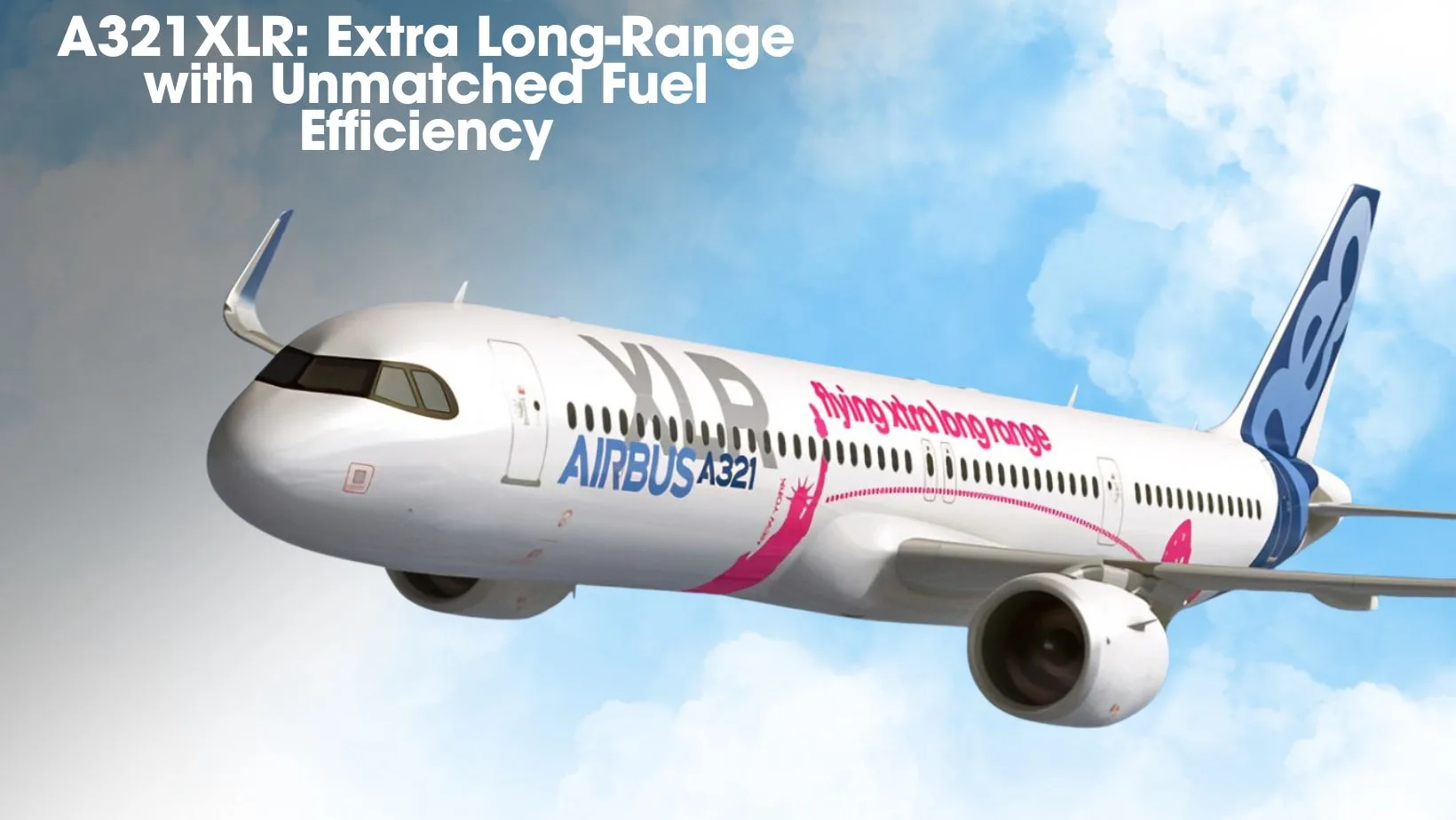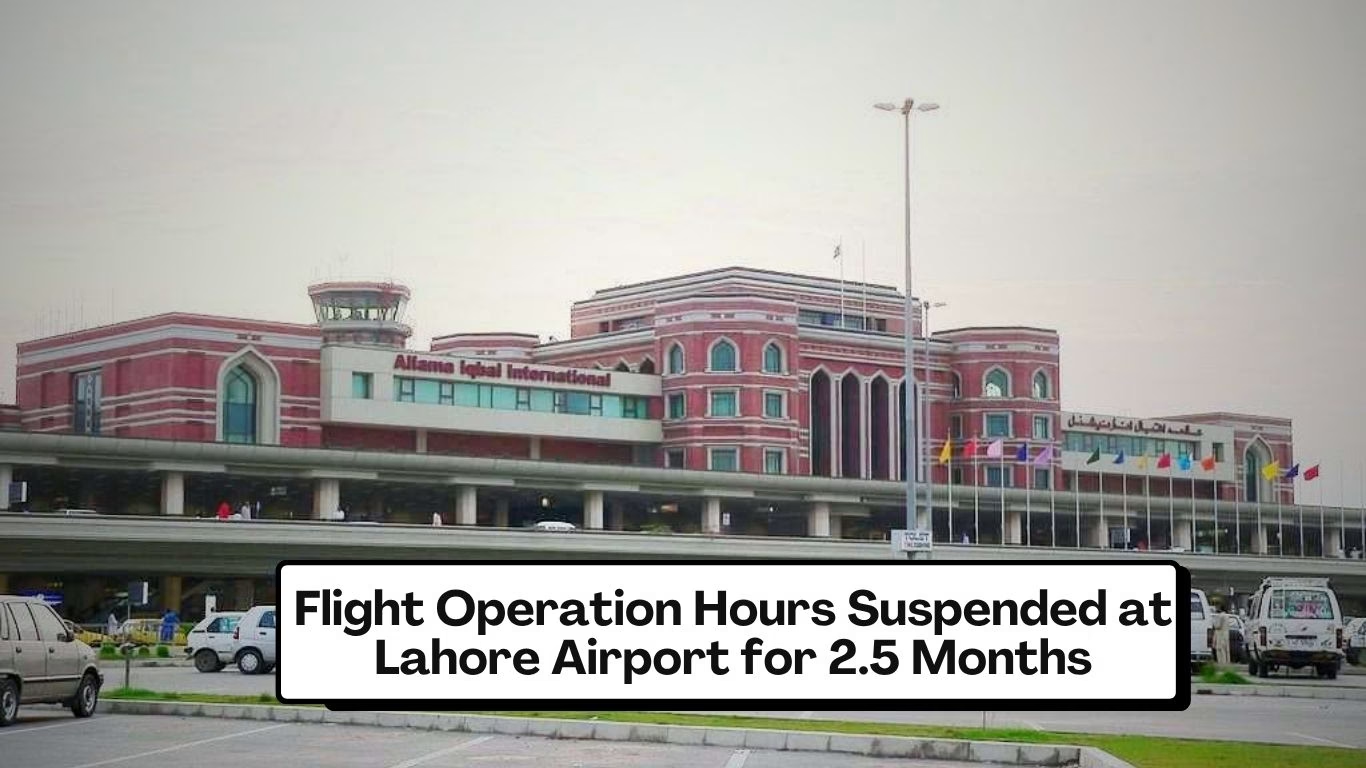Single aisle, narrow body aircraft with a maximum capacity of 220 people in conventional 2-class seats. Of course, it can also accommodate business and first-class passengers, with fully flat seats along with suites. A321XLR as the name says is Extra Long Range capable, it is surpassing the previous record of the long-range A320 family of 4000 NM. The A321XLR’s Extra Long Range capabilities begin with the engine and aerodynamic upgrades made to the A321neo. The A321XLR’s ability to fly up to 17 hours non-stop encompassing the range of 4,700nm is made only possible by the highest Maximum Take-Off Weight (MTOW) of 101t and increased fuel capacity of 12,900 Liters.
With the help of this standard, the A321XLR is now able to fly for an impressively large distance that was previously unattainable by conventional wide-body aircraft. A lot of consumers from all over the world have been drawn to it because of its innovative design, which also results in 30% less fuel use extra fuel capacity, and long-haul opportunities.
Specifications
| Fuselage length | 44.51 m |
| Wingspan | 35.80 m |
| Wing area | 123.00 m2 |
| Height | 11.76 m |
| Engines | 2 (Pratt & Whitney PW1100G-JM) |
| thrust per engine | 35,000 lbf |
| Total thrust | 70,000 lbf |
| MTOW | 101t |
| Maximum range | 4,700 nm |
| Cruise speed | M 0.78 |
| Seating capacity | 220 passengers |
| Fuel Capacity | 12,900 liters |
What’s new about A321XLR?
- Propulsion: On September 23, 2022, the A321XLR prototype, which is powered by a Geared Turbo Fan (GTF) engine from Pratt & Whitney and a Collins nacelle, had its first flight. In order to maximize performance, the PW1000G features a geared turbofan design, which includes a gearbox that allows the fan to rotate more slowly than the rest of the engine. PW1100G-JM’s maximum thrust is 35000 pounds, while the A321XLR’s two engines will provide a combined 70000 pounds of thrust.
- Inboard flap: A321XLR has single-slotted flaps which improve takeoff and landing performance by allowing the high pressure beneath the wing to rush over the wing, which creates additional lift.
- Fuel tanks: The A321 XLR’s cargo area may accommodate up to three extra center fuel tanks, bringing the aircraft’s overall fuel capacity to (12,900 liters).
- Water tanks: In comparison to the prior A321neo, which had a 200l portable water tank capacity, now for A321XLR, the capacity has increased to 400l.
- MTOW: A321XLR has the highest MTOW of 101t.
- Electrical rudder: In A321XLR, the electrical rudder technology replaces the traditional mechanical rudder, improving reliability and safety margins while reducing maintenance costs and weight.
- 30% less fuel burn: The fuel consumption per seat of the A321XLR is up to 30% lower than that of the earlier A321neo. Its improved aerodynamics, fuel management systems, and fuel-efficient engines make the A321XLR more effective than competing aircraft in its category
Market Demand
Since it was introduced at the 53rd Paris Air Show in 2019, Airbus has amassed more than 500 orders from more than 20 clients across the world, ranging from full-service, established carriers like American and Air Canada to low-cost behemoths like IndiGo and Wizz Air.
In addition to American Airlines and United Airlines, who have each ordered 50 of the type, Qantas, Wizz Air, and Air Canada have also indicated their intent to make a purchase.
Order of Delivery
American Airlines had hoped for an ambitious delivery timetable to have all 50 aircraft in the fleet by 2025, but the A321 production has been delayed until the second quarter of 2024. Although the revised schedule is yet unknown, the anticipated deliveries of the A321XLR will debut at the end of 2024, the same year as its certification.
A321XLR Delayed Entry to the Market
The European Union Aviation Safety Agency (EASA) raised concerns about the existing design of the A321XLR, claiming that the aircraft structure is insufficient to protect occupants in the event of an outside fire or does not provide sufficient time for egress in the event of a crash. According to the EASA, the certification of the A321XLR was an “ongoing project,” and the problem is with the regulations governing how the rear center fuel tanks must be installed. By the end of 2023, Airbus had anticipated that the planes will begin commercial operations. However, extra structural work on the new tanks might take anywhere from six months to a year, according to press sources.






Leave a Reply